

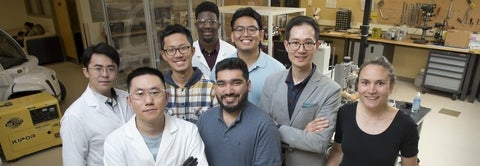
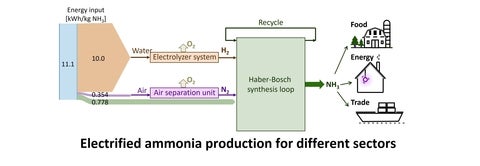
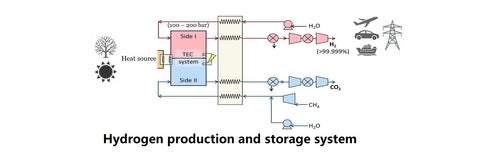
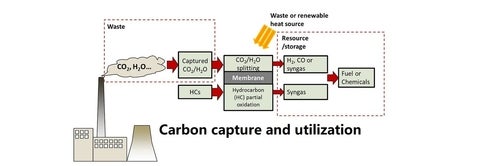
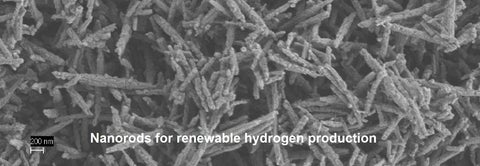
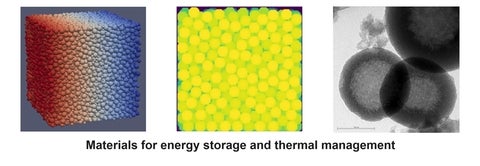
Welcome to Greener Production @ Waterloo
Our goal is to understand how to utilize renewable resources to improve global living standards.
Greener Production Group combines expertise in system optimization, process integration, and techno-economics to study sustainable technologies for energy conversion and chemical production (e.g., hydrogen/ammonia production, energy storage, CO2 capture and utilization, biomass and hydrocarbon valorization).
Both experimental and numerical methods are applied to obtain a fundamental understanding of the energy, economic and environmental impacts. We are interested in processes that require multiple energy inputs and can be utilized to decarbonize multiple sectors. Process modelling, energy system optimization, techno-economic analysis and life-cycle assessments are some of the tools that we use to evaluate the impacts of these processes. While the goal is not to develop new technologies, our group aims to provide critical information to the public for decision making.
We are looking for self-motivated undergraduates, graduates (both master and PhD), postdocs and visiting scholars to join our sustainable endeavor. Find out more about current opportunities in the openings page.
If you are interested in collaborating with our group, sponsoring some projects, or just chatting about energy and sustainability, please contact XiaoYu!

News
Designing thermal management strategies for Li-ion battery packs
A recent work from our group studies rapid heating strategies for the cold-start of Li-ion batteries under subzero temperatures. The paper is titled "Thermal System Simulation of Heating Strategies for 21700 Lithium-Ion Battery Modules Under Cold-Start Conditions" and is available in Batteries with open-access.
Congratulations, Grace and Hanieh!
Arda, Emily, Grace and Zhen finished their MASc theses
Congratulations to Arda, Emily, Grace and Zhen on finishing their MASc theses!
- Operations of Fuel Cell Vehicle-to-Grid Systems: From Rule-based to Supervised Learning, Arda Mert Cetin
- Design and Assessment of Membrane-supported Ammonia Cracking for Hydrogen Refuelling Stations, Emily Smyth
- Analysis of integrated heating approaches for cold-start conditions in 21700 lithium-ion battery modules using thermal system simulation, Grace Stephanie Parra Panchi
- Techno-economic and Life Cycle Assessment of Airport Hydrogen Production Infrastructure for Future Hydrogen-based Aviation, Zhen Ye
Greener Production Group at SEGE 2025
Greener Production Group members presented in 2025 IEEE the 13th International Conference on Smart Energy Grid Engineering (SEGE 2025) on August 18- 20, 2025 at Ontario Tech University, Oshawa, Canada.

